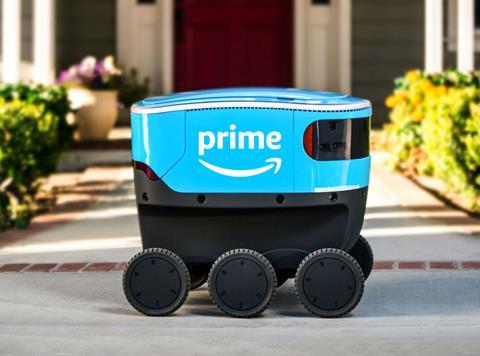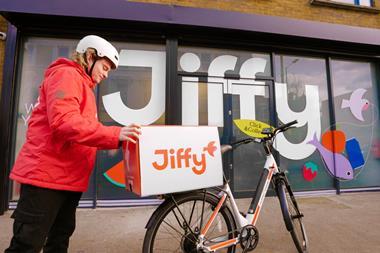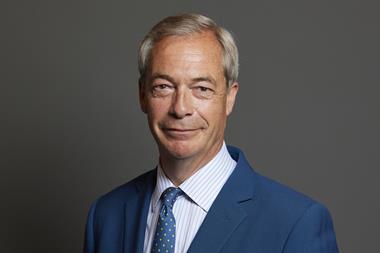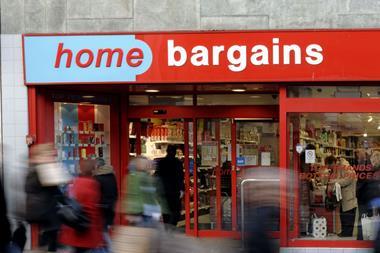
On 5 July 1995, Jeff Bezos founded an online bookstore from his garage. Even he couldn’t have imagined Amazon would grow into the online giant it has become 30 years later, with $2tn in market cap value .
Back then, books were the easiest sell to consumers who were used to trying before buying in stores. They only needed an extract and cover image. Their predictable weight and dimensions made them relatively easy to pick, pack and ship.
Then Amazon doubled down on its disruption of traditional retail by innovating to eliminate online shopping friction. Its introduction of ratings, reviews, one-click checkout and next-day delivery set the standards in e-commerce.
Its Prime subscription scheme also raised consumer expectations of convenience, while serving as a great proxy for a loyalty scheme – supporting the constant refinement of its digitally enabled and data-driven offer.
Even so, Amazon would not have become the behemoth it is today by relying solely on retail.
Its Prime on-demand entertainment division has the second-largest number of streaming subscribers worldwide after Netflix, thanks largely to its bundling with Prime delivery.
Amazon Web Services (AWS) was created to support its retail business. But it now claims almost a third (31%) of the $300bn global cloud computing infrastructure services market, and is estimated to serve some 40% of internet traffic.
Its comparatively nascent, high-margin advertising business generated $43bn last year, making it the third-largest in the world behind Alphabet (Google). However, such growth has also proven the value of building loyalty schemes to leverage shopper data through retail media networks, as well as marketplaces.
Retailers and brands would do well to learn from and not necessarily compete with Amazon. This is because, first and foremost, it is a tech company.
Aside from its advances in auto-replenishment, e-readers and smart devices, its Zoox subsidiary is building self-driving cars. Another project, known as Kuiper, is developing a fleet of low Earth orbit communications satellites.
In order to sustain future growth, Amazon must continue to diversify its revenue sources beyond its major markets, including North American and European e-commerce and AWS.
Judging by its track record, the company hasn’t always got it right. The failure of the Fire phone and scaling back of Alexa are well documented. The jury is still very much out on its luxury, grocery, and physical store ambitions today.
But its deep pockets, coupled with the fact it has learned to fail fast, mean it should never be written off. Rumours that it wants to buy a UK grocer never seem to fade away.
In the meantime, Andy Jassy has reassured financial markets that he is an effective successor to Bezos, who stepped down as chief executive two years ago.
Jassy will continue to focus on boosting profitability through margin enhancement and operational efficiency. Only policy headwinds, centring on monopolistic, anti-competitive and poor workforce practices, can derail the internet juggernaut in the mid to long term.
But owning the rails on which much of our digital world runs has only become possible because it is a purely transactional business. We can be sure that data, algorithms, and innovation will continue to be driving forces at Amazon for the next 30 years.



















No comments yet